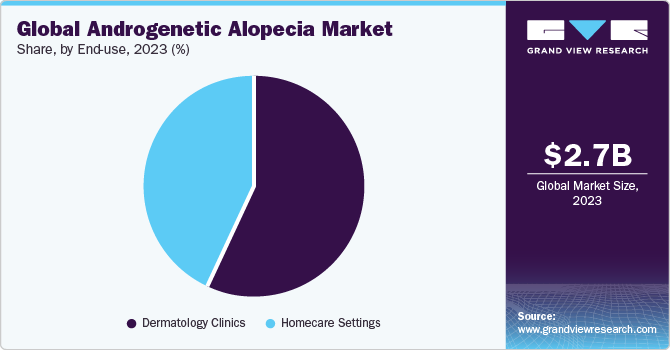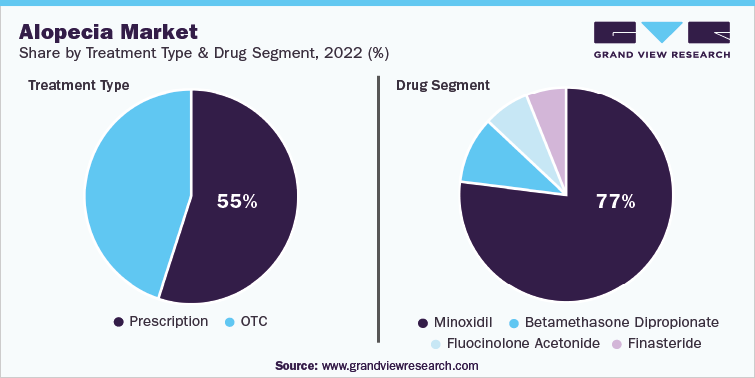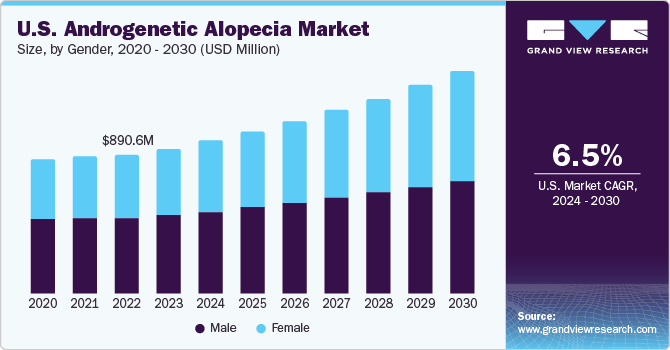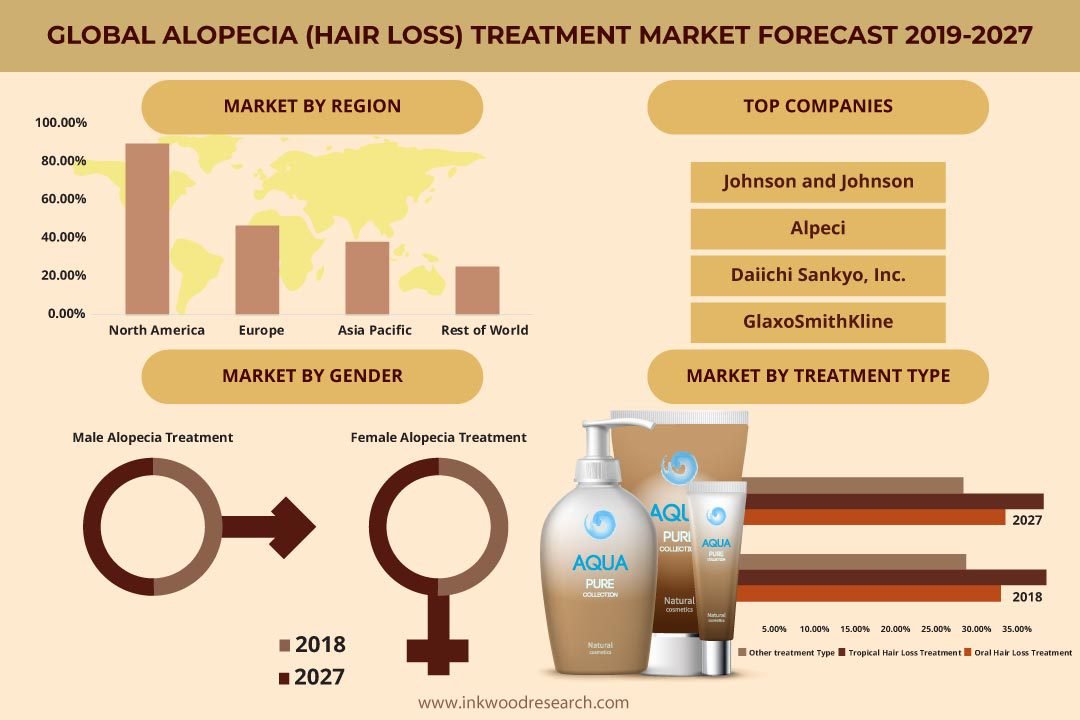Androgenic Alopecia Marketed And Pipeline Drugs

For millions worldwide, the slow, creeping retreat of a hairline or the widening of a part signifies more than just aging; it represents a tangible loss of control and a significant blow to self-esteem. Androgenic alopecia, commonly known as male-pattern baldness or female-pattern hair loss, is a prevalent condition with a profound psychological impact, driving a multi-billion dollar market constantly seeking more effective solutions.
This article delves into the current landscape of the androgenic alopecia market, examining established treatments, dissecting promising pipeline drugs currently undergoing clinical trials, and exploring the perspectives of experts on the future of hair loss therapies. We will analyze the science behind these potential breakthroughs, assess the unmet needs of patients, and consider the regulatory hurdles that new drugs must overcome before reaching the market.
Current Market Landscape
The current market for androgenic alopecia treatments is dominated by two FDA-approved drugs: minoxidil (Rogaine) and finasteride (Propecia).
Minoxidil, a topical solution, works by widening blood vessels in the scalp, theoretically stimulating hair follicle growth. Its efficacy varies significantly among individuals, and it requires consistent, long-term use to maintain results.
Finasteride, an oral medication, inhibits the enzyme 5-alpha reductase, which converts testosterone into dihydrotestosterone (DHT), a hormone implicated in shrinking hair follicles. While generally effective, finasteride carries potential side effects, including sexual dysfunction, which have raised concerns among some users.
Beyond these prescription options, the market is flooded with over-the-counter treatments, supplements, and devices that often lack rigorous scientific backing. Shampoos containing ketoconazole or caffeine, laser combs, and various herbal remedies are marketed to those seeking alternative solutions, but their effectiveness remains largely unproven.
Pipeline Drugs: Hope on the Horizon
The limitations and potential side effects of existing treatments have fueled intense research and development efforts aimed at discovering novel therapies for androgenic alopecia. Several promising drugs are currently in various stages of clinical trials, offering a glimpse into the future of hair loss treatment.
Targeting DHT Production
One approach focuses on developing more selective and potent inhibitors of 5-alpha reductase with fewer side effects than finasteride. Some companies are exploring topical formulations of 5-alpha reductase inhibitors to minimize systemic exposure and potential adverse events.
Wnt Signaling Pathway
The Wnt signaling pathway plays a crucial role in hair follicle development and regeneration. Drugs that activate this pathway are showing promise in preclinical and early clinical studies. These treatments aim to stimulate dormant hair follicles and promote new hair growth.
JAK Inhibitors
Janus kinase (JAK) inhibitors, initially developed for autoimmune diseases, have shown remarkable efficacy in treating alopecia areata, an autoimmune condition causing hair loss. Some researchers are investigating their potential for treating androgenic alopecia as well. Topical formulations of JAK inhibitors are being explored to target hair follicles directly.
Stem Cell Therapies
Stem cell therapies represent a cutting-edge approach to hair regeneration. These treatments involve injecting stem cells or growth factors into the scalp to stimulate hair follicle growth and repair damaged follicles. While still in early stages of development, stem cell therapies hold immense potential for restoring hair growth in individuals with advanced hair loss.
"The field of hair loss research is rapidly evolving, and we are seeing exciting advances in our understanding of the underlying mechanisms of androgenic alopecia," says Dr. Emily Carter, a dermatologist specializing in hair loss at the University of California, San Francisco. "These new pipeline drugs offer hope for more effective and targeted treatments with fewer side effects."
Challenges and Regulatory Hurdles
Bringing new drugs to market for androgenic alopecia is a challenging endeavor. Clinical trials can be lengthy and expensive, and regulatory agencies require rigorous evidence of efficacy and safety.
One major hurdle is the subjective nature of assessing hair growth. Measuring changes in hair density and coverage can be challenging, and placebo effects can be significant in clinical trials. This necessitates the use of sophisticated imaging techniques and standardized outcome measures to ensure the reliability of study results.
Furthermore, the potential for side effects is a major concern. Drugs that affect hormones or immune function can have unintended consequences, and regulatory agencies scrutinize these risks carefully. Companies must demonstrate that the benefits of new drugs outweigh the potential risks before they can be approved for use.
Patient Perspectives and Unmet Needs
For many individuals experiencing hair loss, the psychological impact is significant. Feelings of anxiety, depression, and low self-esteem are common, and hair loss can affect social interactions and career opportunities.
The current treatments available often fall short of expectations, and many patients are dissatisfied with their results. They seek more effective, convenient, and safe options that can restore their hair and improve their quality of life.
Moreover, there is a growing need for personalized treatments that are tailored to individual patients. Genetic factors, hormone levels, and lifestyle factors can all influence the response to hair loss treatments, and a personalized approach may be more effective in achieving optimal results.
The Future of Androgenic Alopecia Treatment
The future of androgenic alopecia treatment looks promising, with several innovative drugs and therapies on the horizon. Advances in our understanding of the underlying mechanisms of hair loss are paving the way for more targeted and effective treatments.
The development of topical formulations of 5-alpha reductase inhibitors, Wnt signaling pathway activators, and JAK inhibitors could offer safer and more convenient options for patients. Stem cell therapies hold the potential to regenerate hair follicles and restore hair growth in individuals with advanced hair loss.
Ultimately, a combination of approaches may be necessary to achieve optimal results. Personalized treatments that are tailored to individual patients and that address the underlying causes of hair loss are likely to be the most effective. As research continues and new therapies emerge, there is reason to be optimistic about the future of androgenic alopecia treatment and the potential to alleviate the psychological burden of hair loss for millions worldwide. It is important to consult with a qualified dermatologist or healthcare professional for diagnosis and treatment options tailored to your individual needs.





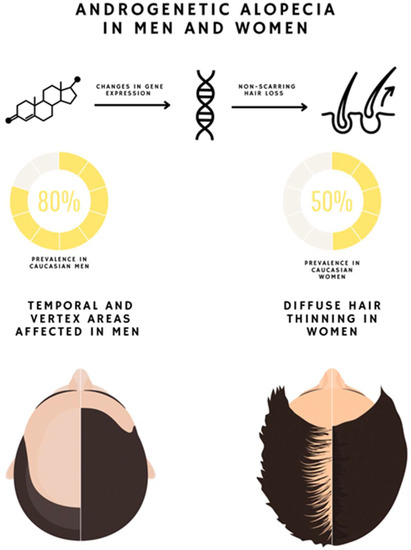
-(1).webp)



